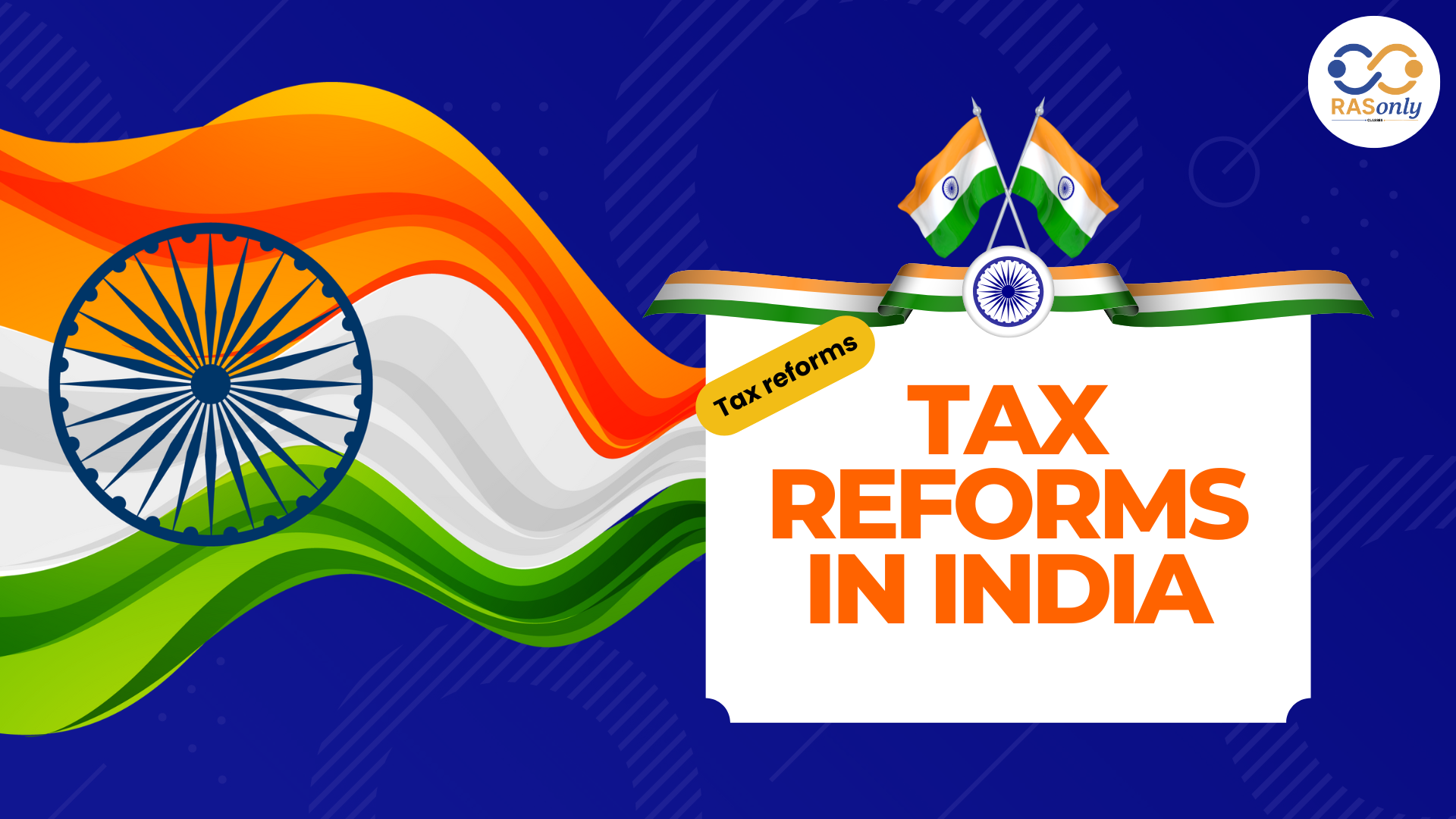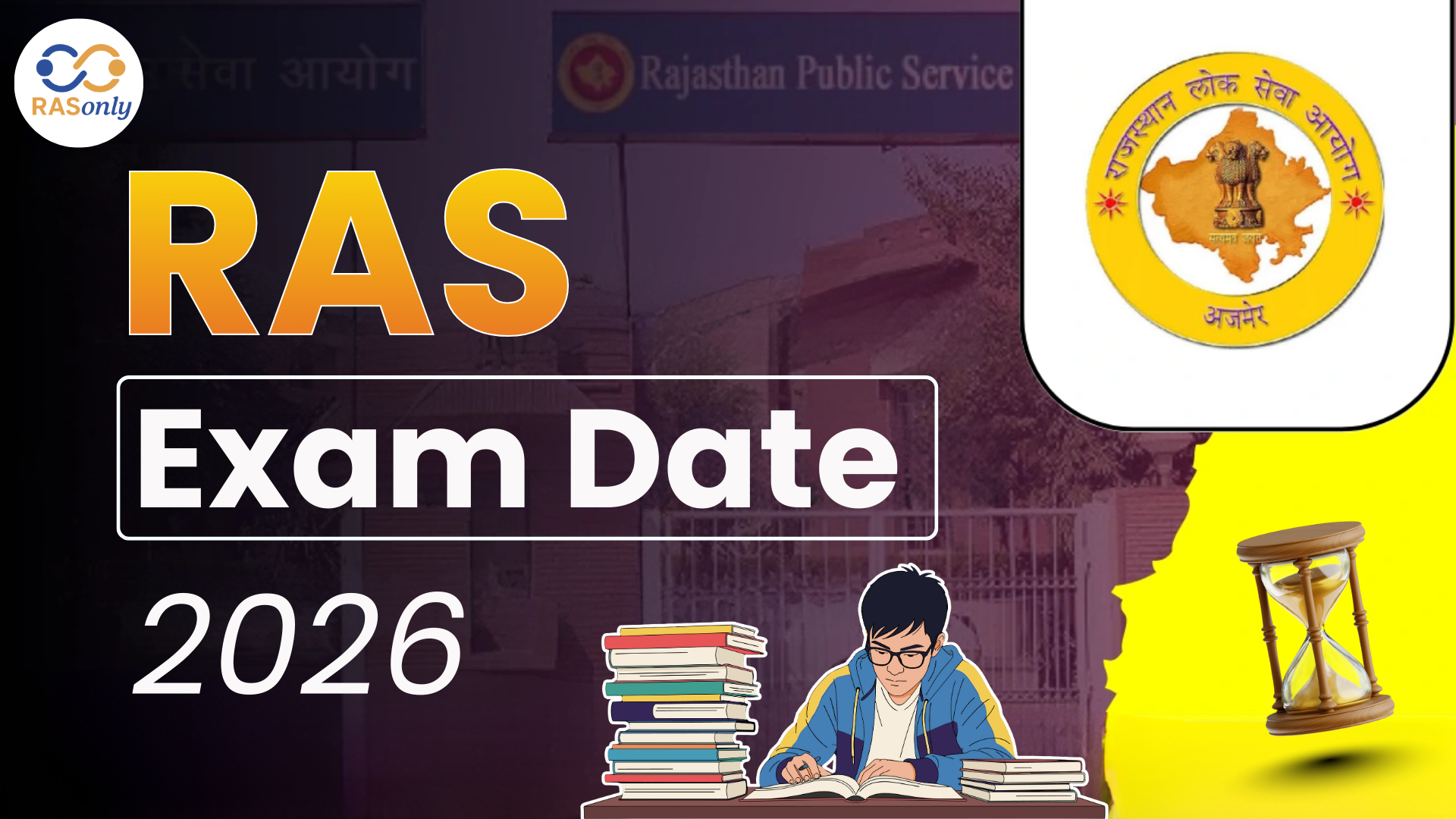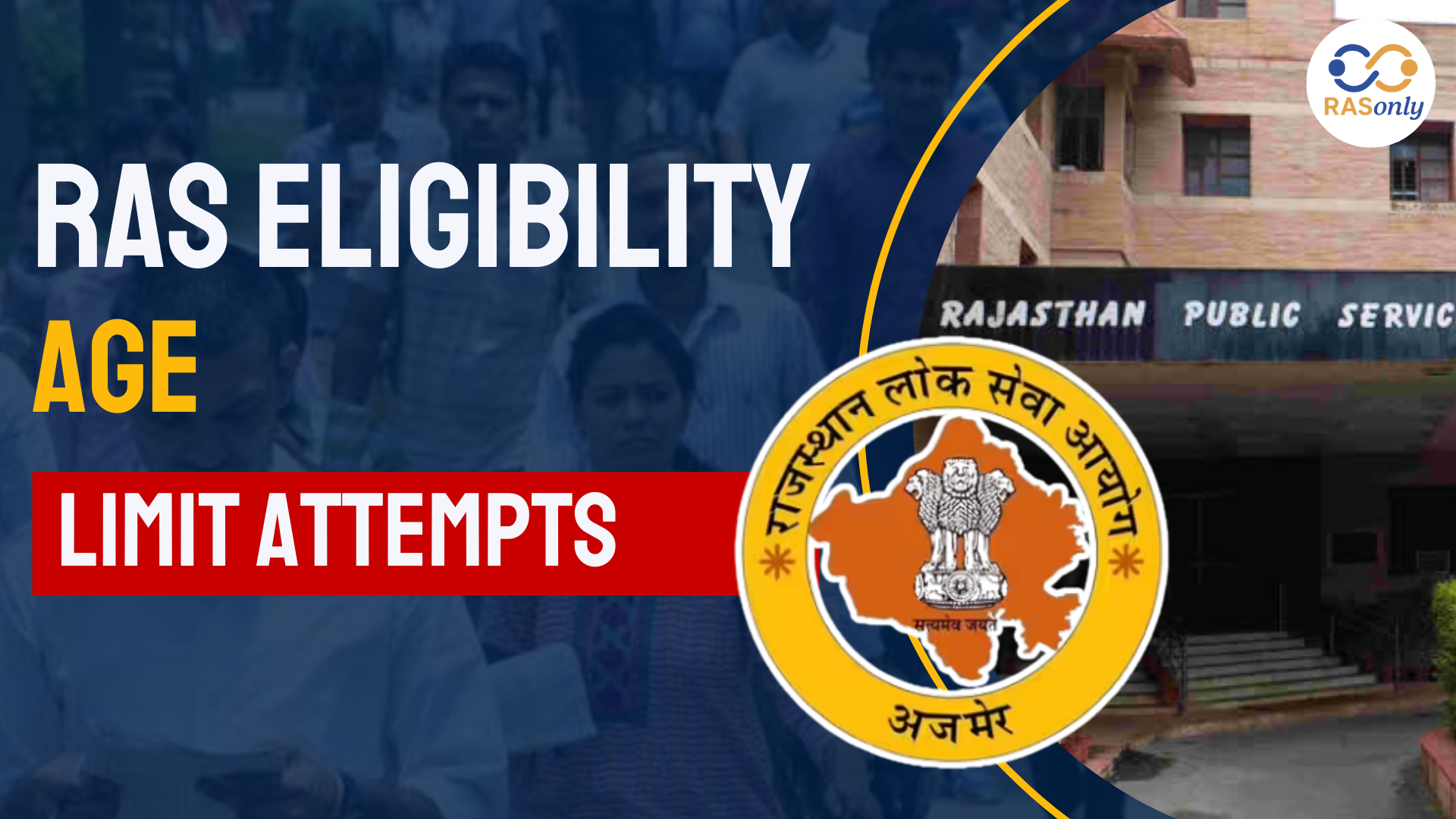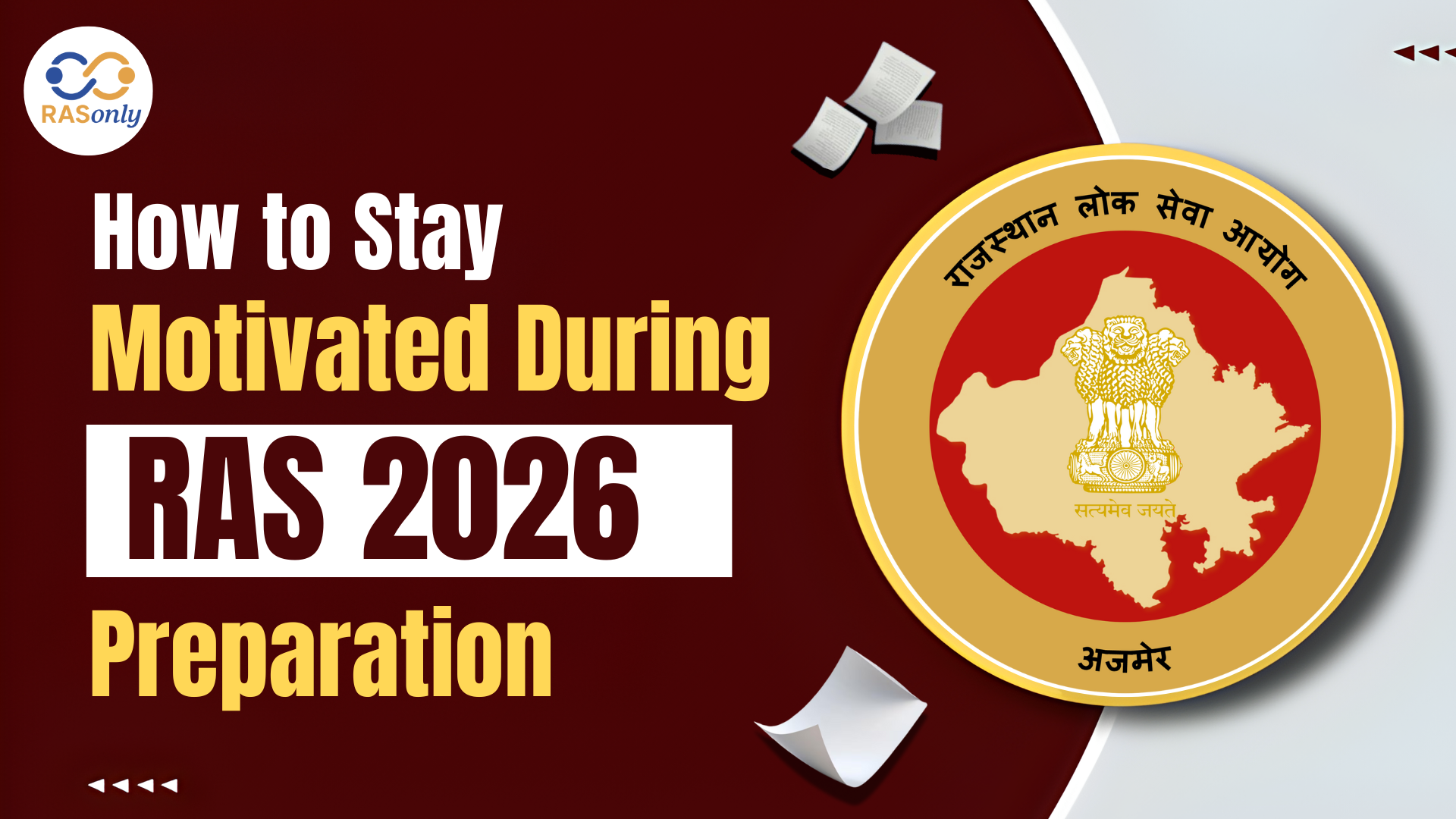RAS Exam Date 2026 for Notification, Prelims, Mains Date
- >
- RAS Preparation Resources
- >
- Tax System in India
Tax System in India


The taxation system of India and particularly under the GST has had several structural and functional difficulties that are detrimental in growth and also leads to discouragement to investment and to economic inefficiency. GST was even intended to make indirect tax a simple process. However, its multi-rated process, retroactive nature and implementation of input tax credit donations have led to business concerns. Inequality is introduced by the prevalence of indirect taxes over direct taxes. Uncertainty and ambiguity of the law also discourage investors. The reforms play the key role of securing revenue effectiveness and vibrancy in the economy.
Key Points for RAS Mains
Context
- The GST regime, under the 101st Constitutional Amendment Act (2016), attempted to bring coherence and harmony in the Indirect tax of India.
- Nonetheless, investor anxiety has been aroused due to legal uncertainty, particularly retrospective taxation as is the case on the Vodafone Case.
- The complexities in India's tax system, the excessive reliance on indirect taxes, and lack of an effective compliance system continue to be a part of the Indian tax system.
Types of Tax in India
Direct taxes
- Income Tax: is progressive and is charged on a slab basis on individuals.
- Corporate Tax: The tax that is imposed based on company profit.
- Capital Gains Tax: On profits of the sales of assets.
- Minimum Alternate Tax (MAT): A guarantee to guarantee a minimum tax (18.5%) out of companies.
- Securities Transactions Tax, Perquisite Tax, Dividend Distribution Tax (For some, abolished).
Indirect Taxes
- GST(Goods and Services Tax): VAT on goods and services.
- VAT: Continued on exempted goods (e.g. petroleum, alcohol).
- Custom Duty: levied on goods imported.
- Excise Duty: upon manufacturing at home (which has been restricted).
- Cess Education Krishi Kalyan Swachh Bharat Cess towards the particular purpose of welfare.
What is GST?
- Definition: It is an indirect tax based on the provision of goods and services that is determined by the destination.
- Introduced by: 101st Constitution Amendment Act, 2016.
Key Features:
- Dual GST (CGST + SGST/UTGST).
- Inter-state and Import transactions IGST.
- Art. 279A: GST Council (Art. 279A): Centre (1/3 vote) + States (2/3).
- Several percentages: no, five, 12, 18, 28.
- Suitable all over India in place of VAT, service tax, etc.
Problems prevailing in the taxation system of India
- Retrospective Taxation
- The uncertainty in tax laws can be seen in Vodafone and Cairn cases.
- Breaches the law of clarity and protection of investors.
- Maximizing Revenue than Economic Growth
- Non-objective tax collection results in irritation in the industry.
- The GST Council has paid more attention to revenue, less attention to do business.
- Withholding of Input Tax Credit (ITC)
- Influences industry such as real estate, leasing.
- In Safari Retreats (2024) the Supreme Court permitted ITC on commercial premises.
- Complex Structure
- Business is confused by multiple slabs of GST, exceptions as well as circulars.
- Popcorn Example: 5% (unlabelled), 12% (packaged), 18% (caramelized).
- Direct Tax Collection is low.
- Transfer price abuse, corporate tax evasion.
- High levels of reliance on indirect taxes (which are regressive in nature).
Effects of Complexity in Taxes
- Import Dependancy: Inverted duty system damages Make-in-India (e.g., importation of goods by Chinese example).
- Weakening Currency: Attributable to trade deficit and a drop in exports, there was depreciation of the rupee.
- Investment Discouragement: FDI is discouraged with its cost in terms of unexplained tax filters.
- Low Revenue Collection: Complicated regulations raise evasion and under reporting.
- Stagnation Cycle: Weaker growth leads to a weaker base which in turn leads to an increased burden of tax which results in less growth.
Way Forward and Reforms
- Simplify GST
- Slab less; go to two rates out of convenience.
- Make exceptions and item categories rational.
- Stop Retrospective Amendments
- Coerce long-term legal stability to investors.
- Use of technology
- To track tax evasion, AI and data analytics can be used.
- Enhance digital compliance-based and money-back platforms.
- Increase Direct Tax collection
- Clamp down erosion of bases, shifting of profits.
- Provide rewards in relation to timely, voluntary disclosures.
- Advance Growth oriented Tax Policy
- Shifting away in the short term revenue maximization to long-term base emission.
- Use tax policy to make it consistent with Atmanirbhar Bharat, Ease of Doing Business and Make in India themes.
Conclusion for RPSC
In India the taxation system is in the crossroad stage of becoming simple, transparent, and growth-oriented rather than being complex and revenue-centric. The sustainability of reform is essential, and such sustainability must be tax certainty, tax fairness, and ease of compliance to provide the full economic potential of India.
FAQs for RPSC RAS
Post Category
- RAS Salary
- Result
- RAS Admit Card
- RAS Job
- RAS Cutoff
- Preparation Tips
- RAS Answer Key
- RAS Exam Analysis
- RAS Syllabus
- RAS Previous Year Papers
- RPSC RAS Exam Pattern
- RAS Interview
- RAS Mains Exam Date
- RAS Vacancy
- RAS Test Series
- RAS Best Books
- RAS Preparation Resources
- RAS Coaching Centre
- History
- Polity
- Geography
- Economics
- Science
- Art and Culture
- RPSC RAS Application Form
- RPSC RAS Notification
RASonly Interview Guidance Program

Mr. Ashok Jain
Ex-Chief Secretary Govt of Rajasthan
- IAS officer of the 1981 batch, Rajasthan cadre.
- Passionate about mentoring the next generation of RAS officers with real-world insights.
- Got retired in Dec 2017 from the post of Chief Secretary of the state of Rajasthan.

Mr. Guru Charan Rai
Ex-ASP / SP in Jaisalmer
- Guru Charan Rai, IPS (Retd), retired as Inspector General of Police (Security), Rajasthan, Jaipur in 2017.
- Served as ASP and SP in Jaisalmer, Nagaur, Sri Ganganagar, Sawai Madhopur, Dausa, Sikar, and Karauli.
- He also held key positions as DIGP and IGP in the Law and Order division.

Mr. Rakesh Verma
Ex-IAS Officer, B.Tech, MBA, and M.A. (Economics)
- IAS officer of the 1981 batch and retired in Chief Secretary Rank.
- Civil servant of high repute and vast experience.
- Has been teaching UPSC CSE subjects for the last six years.
Related Post
👉🏻 Register Today to Join Classes! 👍🏻
- Team RASOnly -
🎯 Benefits of RASOnly Coaching:
- ✅ 1:1 Mentorship with RAS Officers
- ✅ Experienced and Expert Faculty
- ✅ Free Library Access
- ✅ Daily Minimum 4 Hours Must
- ✅ Comprehensive Study Material
- ✅ Regular Tests & Performance Analysis
- ✅ Personalized Guidance & Doubt Solving
- ✅ Online & Offline Class Options
- ✅ Affordable Fees with Quality Education
Key Highlights:
- 👉🏻 3-Day Refund Policy
- 👉🏻 New Batch Starting from 04 August
- 👉🏻 Registration Amount: Only ₹1000





